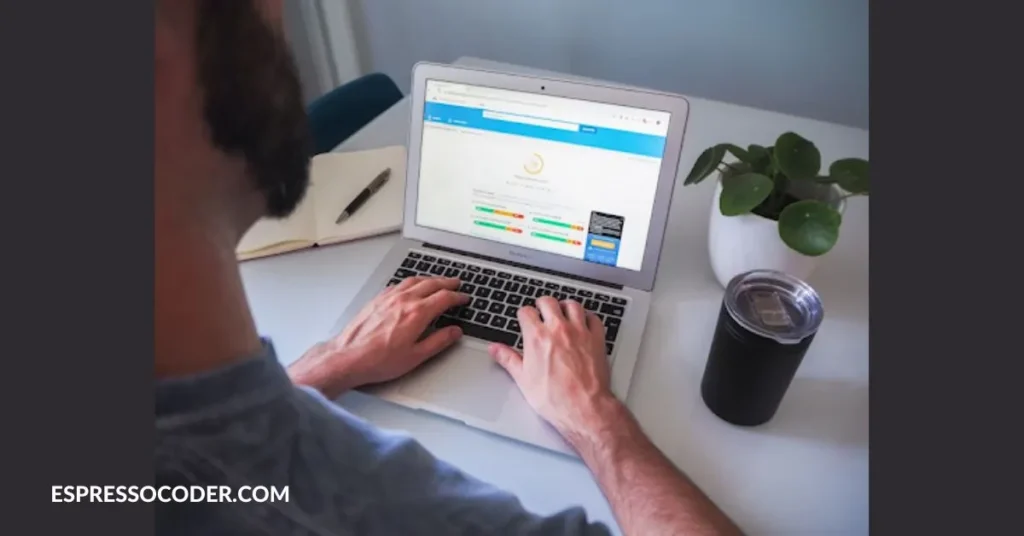Customer expectations have gotten to a point where even milliseconds can define user loyalty and bounce rates. Besides the annoyance, slow-loading web pages also result in lower conversions. In fact, a Portent study revealed that websites that load in one second have a three times higher conversion rate than those loading in five seconds, and five times higher than sites that load in 10 seconds. These findings make it clear that speed is a major determinant in whether visitors stay and convert. Below, we discuss some ways to optimize your site for speed.
Contents
Use a Fast, Lightweight Theme
The theme forms the foundation of a site’s performance. If you use a bloated theme, it can hold the site speed back, regardless of other optimizations. Instead, you can opt for a speedy, no-code theme like Blocksy. It uses techniques like code splitting, which loads JavaScript only when needed, to reduce overhead on every page. Since it’s also mobile responsive, it works well for both desktop and mobile visitors.
Minimize HTTP Requests
Every image, script, font, or stylesheet your website uses adds to the number of requests a browser makes to the server. More requests equal slower speed. One way to minimize the number of HTTP requests is to audit your site design. For example, if you have used three different font weights, limit them to one. You may also combine CSS files or defer some scripts. The idea is to reduce the number of assets so that the page doesn’t take long to load.
Compress Images
Images often make up the biggest portion of your website’s weight. If you use uncompressed images or those with oversized dimensions, they can drag down your site. Instead, use modern tools like WebP and AVIF formats for high-quality visuals at a fraction of traditional file sizes. Plus, use a Content Delivery Network (CDN) with built-in image optimization. The CDN serves your images faster from servers closest to your visitors.
Implement Lazy Loading
Lazy loading delays the rendering of elements until they’re actually needed, which helps improve initial load times. Now that smart businesses are rethinking website design, modern themes and page builders support lazy loading by default. However, you should always double-check. Use lazy loading for videos, iframes, background images, and comment sections.
Use Browser Caching and GZIP Compression
Your site’s speed is also related to how much the browser can remember. Caching lets browsers store static assets locally so they don’t have to be downloaded again on repeat visits. At the same time, GZIP compression reduces file sizes during transfer. Pages load faster without affecting design or functionality. You can configure both via your server or a performance plugin to improve repeat load times.
Endnote
For modern businesses, website speed has become a part of their digital strategy. A fast-loading website performs better in search, builds trust, improves user experience, and keeps visitors engaged. More importantly, it boosts conversions, which is the ultimate goal of a business website.

